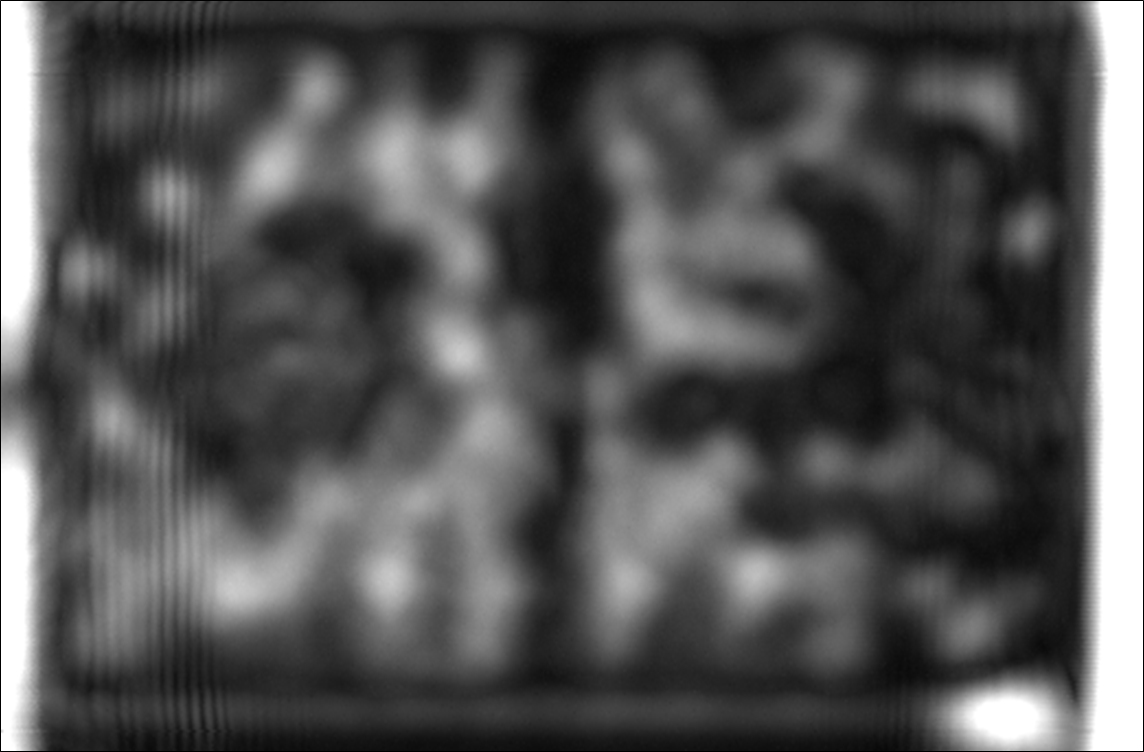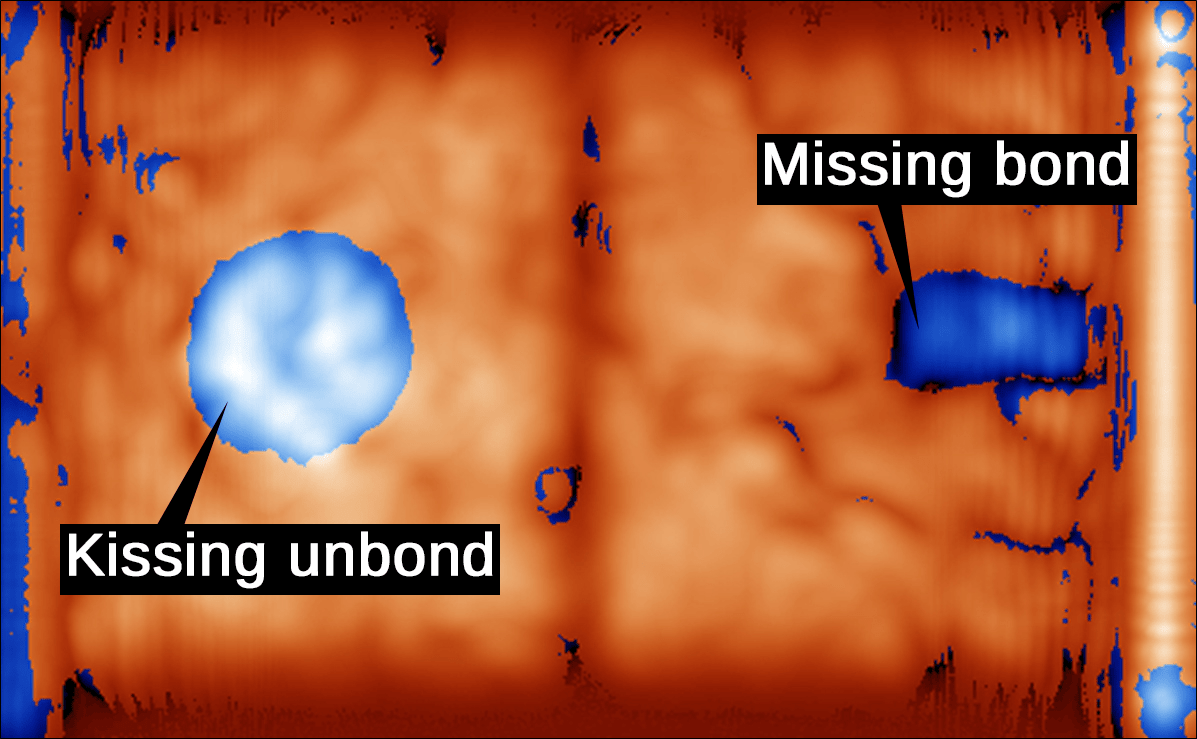The NESC is supporting an effort to inspect the condition of the bondline between the thermal protection system (TPS) and the composite substrate of the Orion spacecraft. A failure mode of concern is loss of a block due to an incipient flaw propagating during reentry heating conditions. Several nondestructive inspections were explored, but all of them had significant limitations. Mostly, they were unable to detect unbonded surfaces that are in intimate contact kissing unbond. To inspect the mechanical condition of the bond, a mechanical wave such as ultrasound, rather than an electromagnetic wave was necessary. The challenges of using ultrasound were quickly recognized, and a set of remedies were implemented by the NESC.
To penetrate the TPS, low frequency ultrasound is used at the cost of having long wavelengths, which result in poor resolution between consecutive echoes, and a large transducer footprint, which results in poor spatial resolution. Special transducers are used with a particular coupling medium that allowed sound to be injected into the highly attenuative TPS material with minimal losses. The echo returning from the bondline between the TPS and composite substrate is normalized against the echo returning from the back wall of the substrate. This neutralizes the inhomogeneity and scattering effects that are typically experienced by sound in the TPS. Additional signal processing techniques are applied to analyze the phase and shape of the bondline echo as a discriminating factor between “bond” and “no bond” conditions. The Synthetic Aperture Focusing Technique is then applied to significantly improve the sharpness of these scans and restore some of the spatial resolution that was lost by the large footprint of the transducer. The probe is connected to two string encoders such that a real-time image is produced as the inspector performs a freehand scan of the spacecraft. This technique has shown significant promise in detecting unbonds and debonds in various blind studies and are now considered as one of the primary inspection techniques for the heatshield.
For more information, contact Dr. Shant Kenderian, The Aerospace Corporation – shant.kenderian@aero.org



























